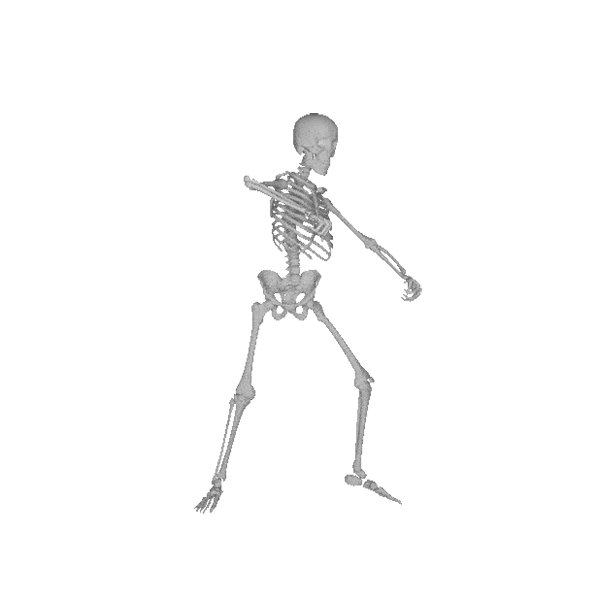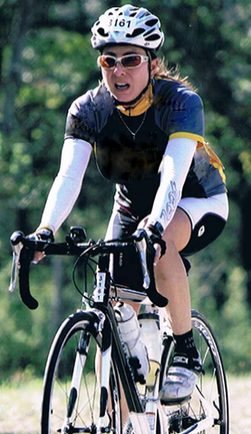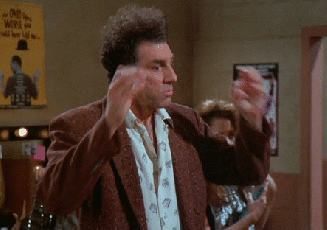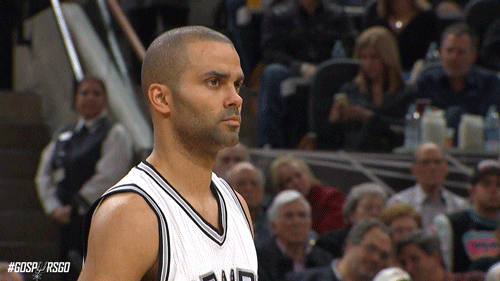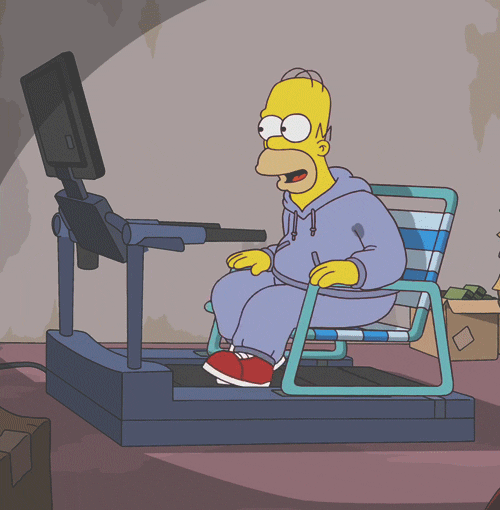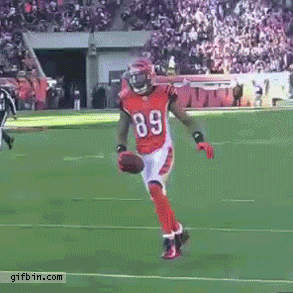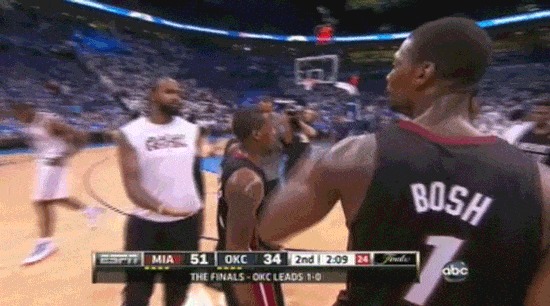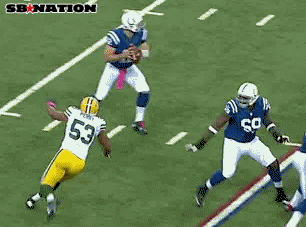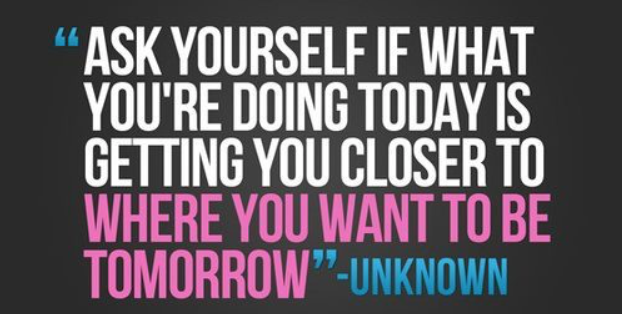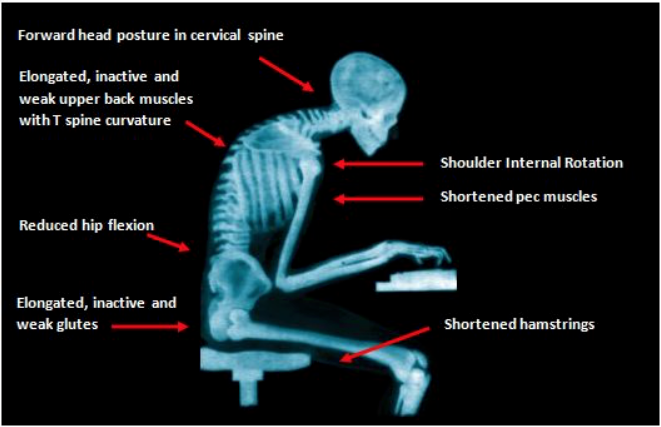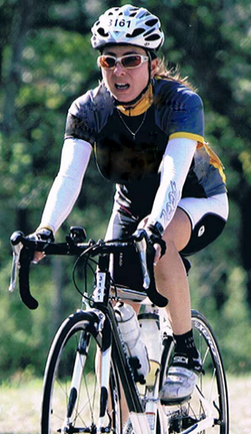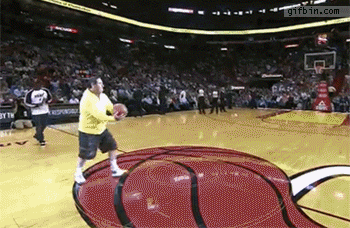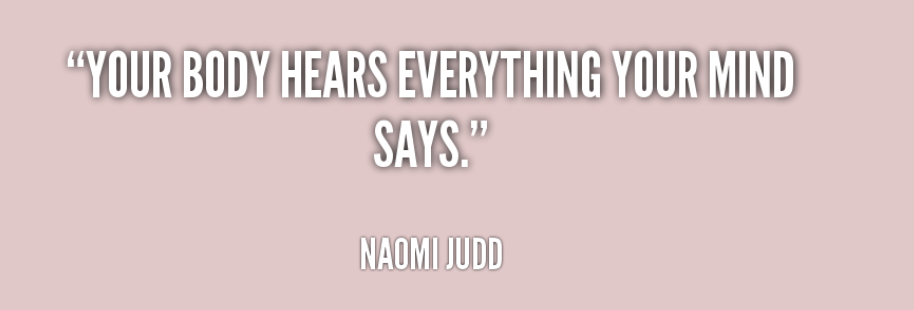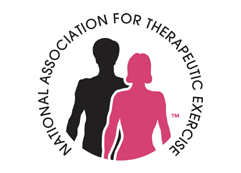We often think of movement as purely a physical endeavor, dictated by muscles and bones responding to signals from the brain. But what if I told you that the bustling community of microbes in your gut and the intricate network of fascia play a significant, often overlooked, role in how well you move and feel? Buckle up, because we’re about to explore the fascinating and interconnected world of the “gut-brain axis” and its surprising influence on your physical capabilities.
The Gut-Brain Axis: More Than Just a Feeling
You’ve probably experienced a “gut feeling” or felt nervous butterflies in your stomach. This isn’t just a coincidence. Scientists have discovered a complex two-way communication system between your digestive tract and your brain, aptly named the gut-brain axis. This intricate network involves direct neural pathways (like the vagus nerve), the immune system, and the production of various signaling molecules.
One of the key players in this communication is the gut microbiome – the trillions of bacteria, fungi, viruses, and other microorganisms that reside in your intestines. This diverse community isn’t just passively living there; they actively interact with our bodies, influencing everything from digestion and immunity to mood and even brain function.
Research is increasingly highlighting the profound impact of the gut microbiome on the brain. These tiny inhabitants produce a vast array of neurochemicals, including neurotransmitters like serotonin (often associated with feelings of well-being) and GABA (a calming neurotransmitter), which can travel to the brain and influence its activity. They also play a crucial role in regulating inflammation, which, when chronic, can negatively impact both the brain and the body.
Fascia: The Unsung Messenger in the Gut-Brain Dialogue
Now, where does fascia fit into this picture? Remember fascia, the body’s continuous web of connective tissue? It’s not just about muscles and movement. Fascia also intimately surrounds and supports our internal organs, including the digestive system. This creates a physical link between our musculoskeletal system and our gut.
Think of your intestines nestled within layers of fascia. Tension or inflammation in the gut can directly impact the surrounding fascial tissues, leading to tightness and restrictions in the torso. Conversely, postural imbalances or restrictions in the fascia of the abdomen and back can put pressure on the digestive organs, potentially affecting their function and the delicate balance of the gut microbiome.
Emerging research suggests that the fascial network acts as another communication pathway in the gut-brain axis.The rich network of sensory nerves within fascia can detect changes in the gut environment, such as inflammation or distension, and relay this information to the nervous system. This feedback loop can influence our perception of pain, stiffness, and even our overall sense of well-being, which can indirectly impact our motivation and ability to move.
How Your Gut Talks to Your Muscles (and Vice Versa)
So, how does this gut-brain-fascia connection influence our movement? Imagine a scenario where your gut microbiome is imbalanced – perhaps due to a poor diet or stress. This imbalance can lead to increased inflammation in the gut lining. This inflammation can then:
- Impact Fascia: The inflammation can irritate the surrounding fascia, causing it to become tighter and less pliable in the abdominal region. This restriction can limit torso rotation, hip mobility, and even affect breathing patterns.
- Influence the Nervous System: The gut sends signals of discomfort and inflammation up the gut-brain axis. This can lead to a generalized feeling of sluggishness, fatigue, and even pain signals that might manifest in areas seemingly unrelated to the gut, like the lower back or hips.
- Alter Muscle Function: Chronic inflammation and pain signals can inhibit muscle activation and coordination. Your body might subconsciously limit movement to avoid triggering further discomfort.
Conversely, poor posture and restricted movement can also negatively impact the gut. Slouching, for example, can compress the abdominal organs, potentially hindering digestion and blood flow, which can, in turn, affect the gut microbiome.
The Basal Ganglia: The Brain’s Movement Maestro and the Gut’s Influence
Now, let’s bring in another crucial player: the basal ganglia. These are a group of brain structures deep within the cerebrum that play a vital role in motor control, learning new movements, and regulating movement initiation, speed, and fluidity.
The basal ganglia don’t operate in isolation. They receive input from various parts of the brain and are highly sensitive to neurochemical signals. Research indicates that the gut-brain axis can influence the function of the basal ganglia. The neurotransmitters produced in the gut, as well as inflammatory signals, can impact the delicate balance of neurochemicals within the basal ganglia, potentially affecting motor control and coordination.
Healthy brain function, including optimal basal ganglia activity, is essential for smooth, efficient, and purposeful movement. When the gut-brain axis is disrupted, it can indirectly affect the basal ganglia, leading to:
- Impaired Motor Coordination: Difficulty with fine motor skills or feeling clumsy.
- Reduced Movement Efficiency: Movements might feel stiff, jerky, or require more effort.
- Lowered Motivation to Move: Feelings of fatigue and discomfort can decrease the desire to be physically active.
You Are What You Eat (and How You Move): The Nutritional Link
This brings us to the critical role of nutrition. What we eat directly fuels our gut microbiome. A diet high in processed foods, sugar, and unhealthy fats can promote the growth of less beneficial bacteria, leading to dysbiosis (an imbalance in the gut microbiome), increased inflammation, and a compromised gut barrier.
Conversely, a diet rich in fiber, fruits, vegetables, and fermented foods can support a diverse and healthy gut microbiome. This, in turn, can positively influence the gut-brain axis, potentially leading to:
- Reduced Inflammation: A balanced gut microbiome helps regulate inflammation throughout the body, including the fascia and the brain.
- Improved Neurotransmitter Production: Healthy gut bacteria contribute to the production of neurotransmitters that support mood, motivation, and potentially, optimal brain function for movement.
- Enhanced Energy Levels: A well-nourished gut can improve nutrient absorption, leading to more sustained energy for physical activity.
Think of it this way: If you’re constantly feeding your gut “junk food,” the signals it sends to your brain and the impact on your fascial system are likely to be negative, hindering your ability to move well and feel energetic. On the other hand, nourishing your gut with wholesome foods can create a positive feedback loop, supporting both your mental and physical well-being and allowing for more fluid and enjoyable movement.
The Takeaway: Listen to Your Gut (and Your Fascia) for Better Movement
The connection between your gut, brain, fascia, and movement is a powerful reminder that our bodies are interconnected systems. Paying attention to your gut health through a balanced diet, managing stress, and engaging in regular, mindful movement can have a profound impact on your overall physical capabilities and well-being.
While the research in this area is still evolving, the evidence strongly suggests that nurturing your inner ecosystem and understanding the role of fascia can unlock a deeper understanding of how your body moves, feels, and functions. So, listen to your gut, move with intention, and nourish your body from the inside out – your body movement will thank you for it!
A good rule of thumb is…if you can’t pronounce it easily, chances are your body can’t digest it very easily either. I will save that discussion for another day 😀

